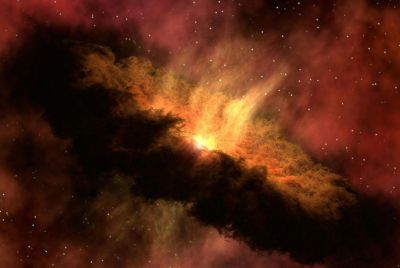Scientists Discover Rare Earth Element in Ancient Stars

Scientists have detected a rare earth element, Tellurium, in three ancient stars.
The researchers, from the Massachusetts Institute of Technology (MIT) and the Ohio State University, claim to have made the discovery with the help of the Hubble Space Telescope's spectrograph. The traces of tellurium (very rare on Earth) were on stars that are approximately 12 billion years old and are located a few thousand light years away.
A spectrograph is an instrument that splits light from a star into a spectrum of wavelengths. If an element is present in a star, the atoms of that element absorb starlight at specific wavelengths; scientists can observe this absorption as dips in the spectrograph's data.
Tellurium was detected after dips in the ultraviolet region of the spectrum - at a wavelength that matched tellurium's natural light absorption - were detected.
Incidentally, the researchers also found that the ratio of heavy elements (such as barium and strontium) were similar in all three stars. According to the scientists, tellurium was a tough element to detect since it absorbed light in the ultraviolet spectrum, which is impossible for ground-based telescopes to spot.
In any case, the discovery supports the theory that these elements originated from a very rare type of supernova during a rapid process of nuclear fusion.
"You can make iron and nickel in any ordinary supernova, anywhere in the universe," said Anna Frebel, an Assistant Professor of astrophysics at MIT, "But these heavy elements seem to only be made in specialized supernovas. Adding more elements to the observed elemental patterns will help us understand the astrophysical and environmental conditions needed for this process to operate."
"Here on Earth, everything's made from carbon and various other elements, and we want to understand how tellurium on Earth came about," she concluded.
© Copyright IBTimes 2025. All rights reserved.


















